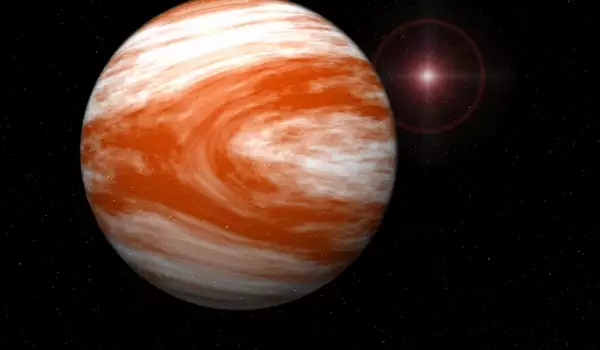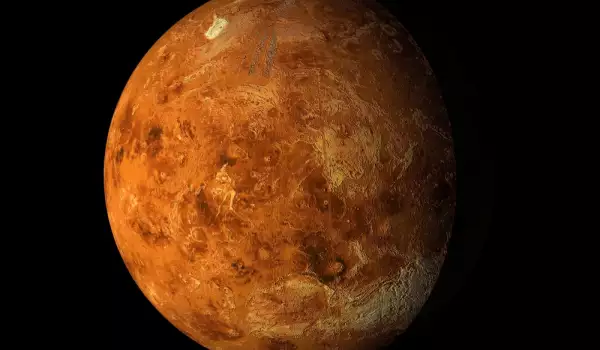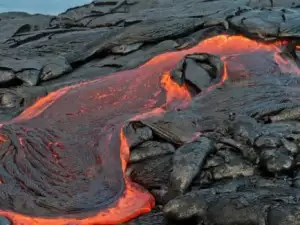Astronauts may begin studying the planet Venus up close in the near future, as long as they find themselves high enough above the otherwise dangerous atmosphere of the planet.
Researchers at NASA have already worked out a plan for sending a piloted ship filled with helium to fly in the atmosphere of Venus.
The project has been given the name HAVOC and could potentially become a base for creating a permanent settlement above the otherwise very hot planet.
Chris Jones from the NASA Research Center explains that building cloud cities in the skies above Venus is a serious technological challenge but it is possible to do in the not so distant future.
Sending people to Mars is still the main priority for supporters of the idea of exploring the boundlessness of space with ships, controlled by people. NASA plans to make this goal a reality in the mid 30s of this century.
But it turns out that Venus is another possible destination for human research - a claim that seems absurd at 1st glance.
The temperature of the planet is 860°F (460°C), with atmospheric pressure in the lower layers an entire 90 times greater than that of our own planet.

Venus is the 2nd planet from the sun in our solar system but the conditions there are absolutely incompatible with human life and the possibility of developing such on it.
Because of these same unfavorable factors, HAVOC won't be reaching the surface of Venus but will remain at an altitude of 31 miles (50 km) from it, where the atmosphere is very dense and oversaturated with carbon dioxide. The conditions are a bit more bearable there but the average temperature is 170°F (75°C).
On the other hand Venus is about the size of the Earth and is our closest planet, making travel to it the most feasible. But for now HAVOC is still in the research stage and NASA does not yet have plans for carrying it out.
Whether it will come to fruition or not we'll find out later but this is without a doubt one of the most revolutionary projects of the space agency.











